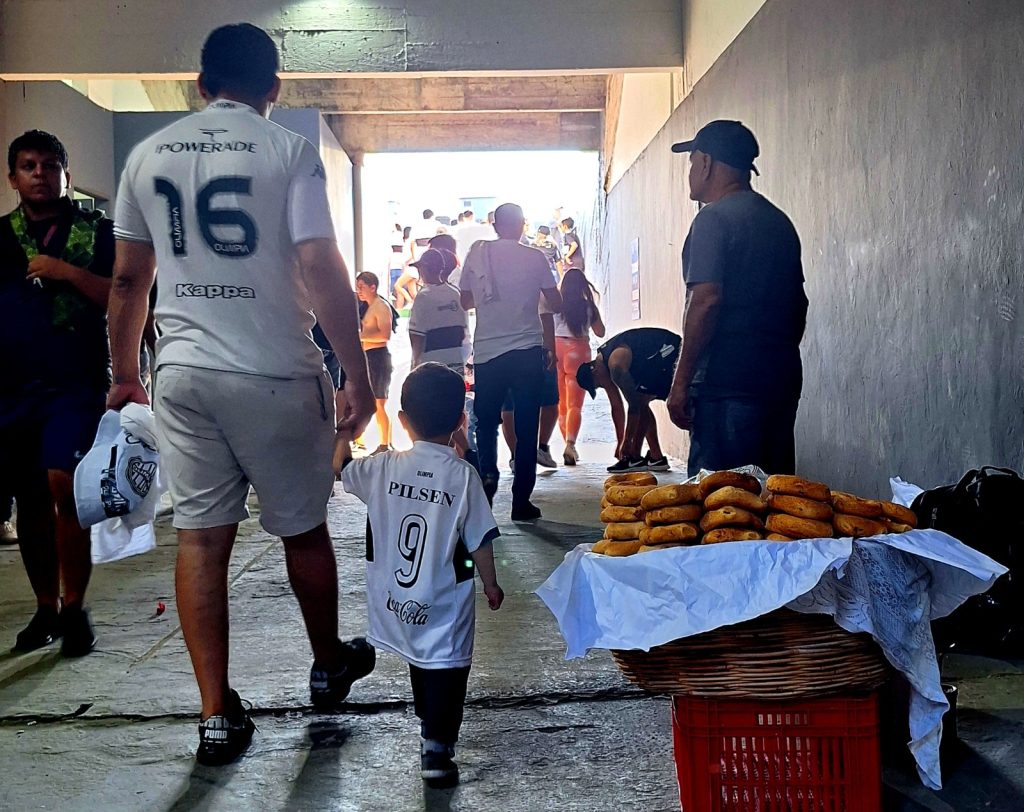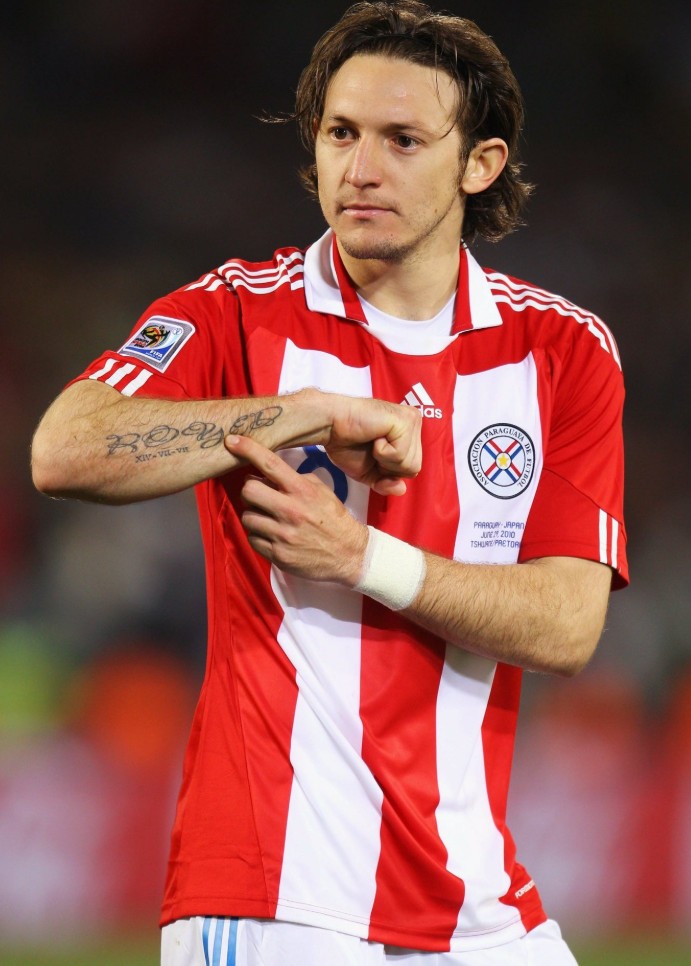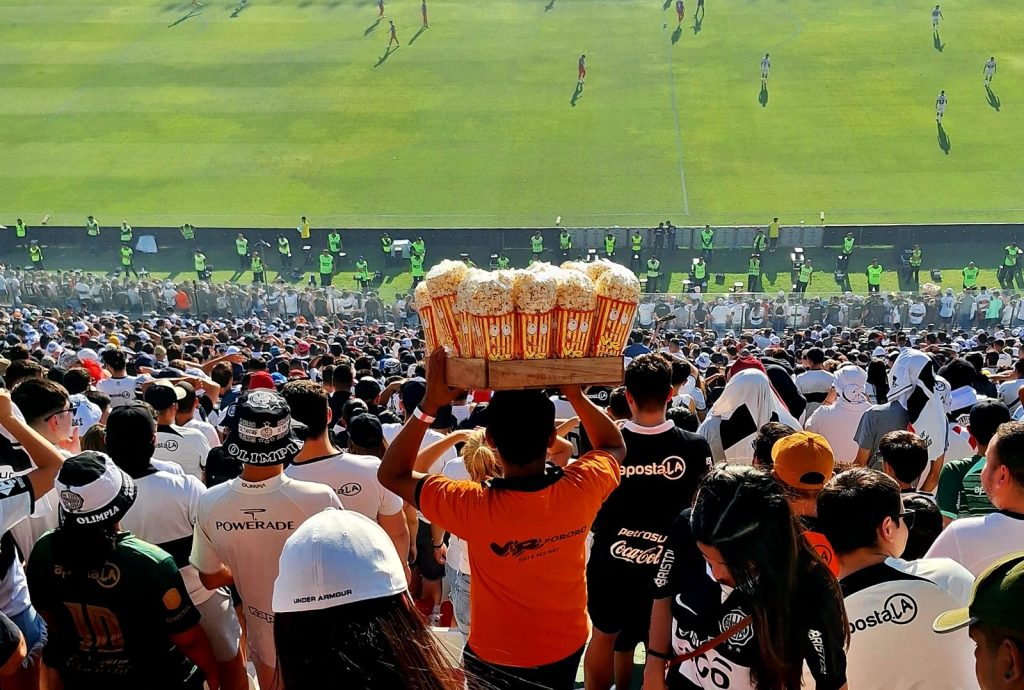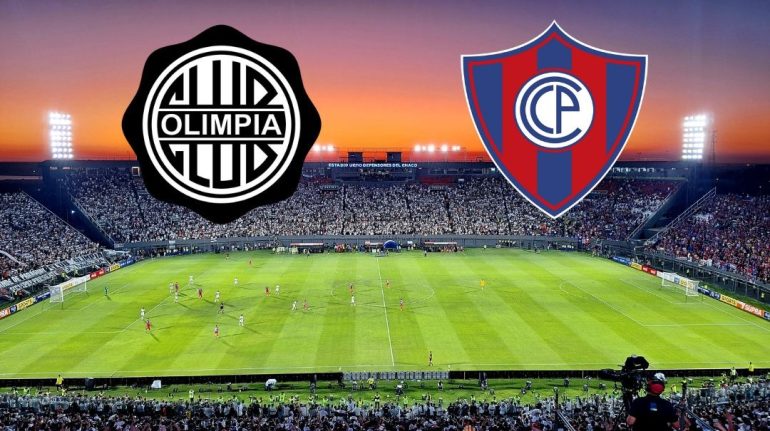In the heart of Paraguay, a fierce football rivalry captivates the nation. On Sunday, 19 October 2025, Asunción was once again the stage for El Superclásico, a clash between the country’s arch-rivals Club Olimpia and Cerro Porteño. A match that transcends football. A derby in Paraguay’s capital, steeped in over a century of history, dividing a nation, pitting the elite’s Rey de Copas (King of Cups) against the working-class Azulgrana (Blue-Red).
Beyond the pitch, El Superclásico is a cultural phenomenon. Marked by passion and pride, reflecting the very soul of Paraguayan society. We spoke with prominent Paraguayan sports journalist Dario Ibarra and Edgar Barreto, a former Paraguayan international, who began his long professional career at Cerro Porteño. Barreto personally experienced the thrilling intensity and passion of El Superclásico.
Over 100 years of rivalry

Expect drumming resounds, and from nearly 50,000 throats, singing and shouting rising unhindered towards a cloudless sky above Cerro Porteño’s La Nueva Olla stadium. In this South American football temple, El Superclásico on 19 October ended in a 1-1 draw, Paraguay’s football match of the year.
El Superclásico is Club Olimpia, the country’s most successful club, in black and white, versus Cerro Porteño, club of the working class in blue and red. For over a century, the rivalry between these arch-enemies has simmered, with occasional violence.
A divided country
“Paraguay is divided between fans of Olimpia and Cerro Porteño,” explains sports journalist Dario Ibarra. For ABC, one of Paraguay’s largest newspapers, he has covered numerous matches between the two capital city clubs. “Historically, Olimpia is a club of the social elite, the upper class. Founded by a Dutchman in 1902.”
“Olimpia has the most national titles and is the only Paraguayan club to have won the Copa Libertadores, South America’s equivalent of the Champions League. Cerro, founded by Paraguayans, carries a historical burden: winning an international trophy. It has become an obsession.”
Olimpia has been South America’s best club three times, and its fans seize every opportunity to remind their rivals of this. Even before kick-off, usually Olimpia supporters chant this fact, laced with classic insults, towards the Cerro fans in the rival section of the stadium.
Over 450 Superclásicos
To date, including friendly matches, there have been 455 Superclásicos between Olimpia and Cerro. For comparison: Spain’s “El Clásico” between Real Madrid and Barcelona has been played ‘only’ 261 times.
Asunción’s derby ranks 36th in the Top 50 Biggest Derbies in Football, according to the widely read English football magazine FourFourTwo, ahead of Moscow’s Spartak versus Dinamo and HSV versus St. Pauli, the Hamburg derby deemed Germany’s most violent by German police.
“El Superclásico is a social matter,” Ibarra continues. A societal issue, far more than a football match. “What happens in clashes between these two clubs impacts the entire society. The rivalry transcends football. The question of which club has the larger fanbase remains unresolved. It has always been unknown, and will always remain so.”
A first Superclásico shrouded in uncertainty
Remarkably, the result of the first Superclásico is shrouded in uncertainty. A haze surrounds this historic event in 1913, and the outcome – 2-2 or 3-1 – is disputed to this day. Ibarra staunchly defends a victory for Cerro Porteño.“
“The first superclásico in history was scheduled for 10 August 1913, but Olimpia failed to appear, and Cerro Porteño won by walkover. The rescheduled match took place on 21 September 1913, resulting in a 3-1 victory for Cerro Porteño,” the sports journalist asserts, supported by prominent Paraguayan football historian Miguel Ángel Bestard, among others. “But I personally have no preference for either club,” Ibarra hastens to add.
The Rec.Sport.Soccer Statistics Foundation (RSSSF), the international organisation with the world’s most comprehensive statistical football database, concludes a 2-2 draw based on various sources, backed by thousands of Olimpia supporters.
Even on this, the two clubs cannot agree.
“A massive celebration”

This comes as no surprise to Edgar Barreto. The Paraguayan former international played at Cerro Porteño before moving to Dutch football club NEC in 2004. In the Netherlands, and later in Italy, the now 41-year-old midfielder became a fan favourite.
“Olimpia versus Cerro is something else. People in South America live for football,” says Barreto, who enjoyed playing the Superclásico as a youngster. “I was 17 when I debuted, and playing in that match made a huge impression on me. It was amazing to be on the pitch; the stadium was a massive celebration.”
Barreto notes the safety risk surrounding the heated matches between the two clubs. “The situation among hooligans from Cerro and Olimpia can be tough, and it has always been that way. Then and now. There are always many mounted police to prevent serious incidents.”
After retiring in 2022, Barreto settled with his family in the Netherlands.
A memorable Cerro victory
One of the most memorable victories of Barreto’s former club, came in 1969 during a Copa Libertadores match. The day Miguel Ángel Sosa sat on the ball.
That year, reigning champions Olimpia and Cerro faced off on Friday, 31 January, in Estadio Manuel Ferreira, Olimpia’s stadium, now far too small for El Superclásico with its 20,000 seats. Olimpia took the lead, but Cerro struck back four times: 1-4.
Before scoring the second Cerro goal, Sosa dared to sit on the ball after outplaying the goalkeeper, incurring the wrath of the stadium, and eventually earning a warning from the South American football confederation. Cerro was fined for unsportsmanlike behaviour.
‘I sat down because statements from Olimpia players before the match hurt me deeply,’ Sosa later explained. ‘They said they would easily beat us 2-0. They were wrong. There are no small enemies.’
A rivalry that binds, and divides a nation

Nowadays, Olimpia and Cerro know better than to regard each other as small enemies. After the final whistle, and seemingly endless fireworks displays, both supporter groups will be escorted in tight columns by heavily armed police in opposite directions. The echoes of El Superclásico will linger in the air, a testament to a rivalry that binds, and divides a nation.
Club Olimpia and Cerro Porteño will continue their stories of triumph, tension, and devotion. This clash will always remain more than just a football match, uniting generations in a shared saga of pride and passion that will endure for many years to come.


